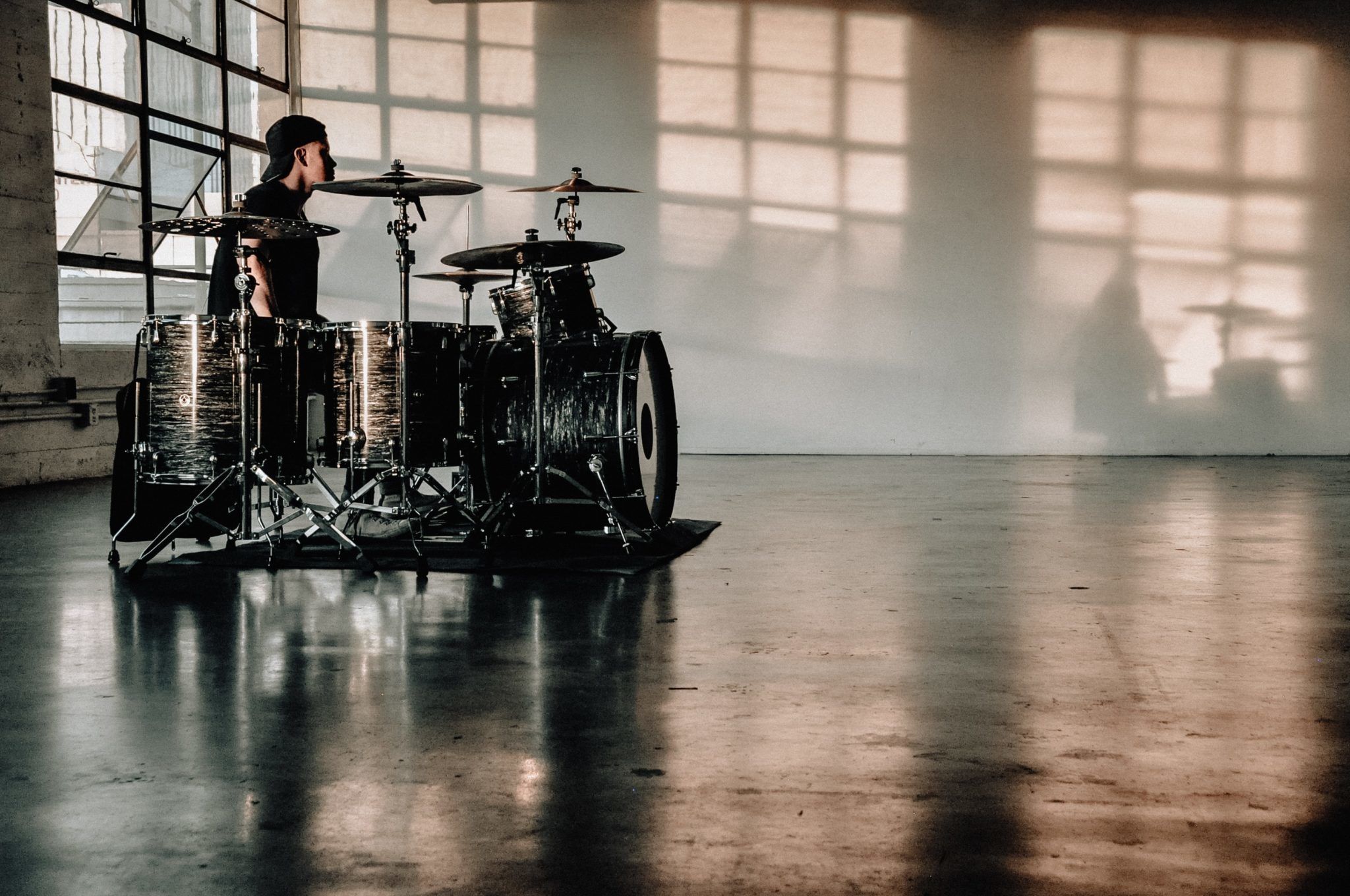Daily Blog - July 13th 2021
If it fits the song, I love the sound of a great room. Especially on drums. I usually don't like reverb on most things, though, unless it's an intentional effect. Here's why.

More...
Room Sound And Reverb Are Not The Same
People often say: "I want very realistic, real sounding drums. They should feel like I'm right next to the kit, so I don't want a lot of the room mics or reverb in the mix."
It's important to know that the ambience you get from properly positioned, great sounding room mics is exactly what makes a drum kit sound "real" and gives you the feeling of standing next to the kit in the same room. That doesn't mean it has to be a huge room. It's just about the ambience around the kit, the energy in the room and the sense of hearing it as one instrument.
Drums without room mics sound like a bunch of individual instruments in space. The sense of "standing next to the kit" is lacking, even though they are bone dry.
Room sound is a natural ambience, it's the air around the instrument. It's also the explosive energy of a loud instrument in a room. It's what makes drums sound loud and aggressive to me. It's not some long tail that decays slowly (unless you're in a really big room or hall). So we shouldn't confuse reverb with room sound.
Reverb is An Effect. It Has To Be Used Carefully And Tastefully.
The reason I'm not a huge fan of reverb is that it often sounds artificial and doesn't give me that sense of space and ambience. It adds an effect to the source, which can be cool if used intentionally and tastefully. But we must remember that it is an effect and not part of the actual sound.
It also muddies up the mix and takes up a lot of space. Room mics and short reflections like a slap delay are your friends when it comes to creating depth and ambience without making things sound overly processed and out of place.
So please set up room mics, even (or especially) if you want a dry, upfront, natural sound and don't want obvious reverb.
There are ways to add natural sounding ambience later, but nothing beats the natural air around the source, captured with carefully positioned room mics.
-Benedikt
PS: If you're looking for an amazing community to get feedback from and provide your own expertise for, check out The Self-Recording Band Community. It's 100% free and can be the growth accelerator you've been missing all the time.
PPS: Downloading one of our free guides and joining our email list is also a great way to connect with your peers, as we will invite you to events and keep you in the loop about what's going on in our community. We just had an amazing video meetup last weekend and together we helped 5 people improve their recordings, arrangements and mixes by listening and giving collective feedback live on the call. Join us now!
learn how to transform your DIY recordings from basement demos to Releases That Connect And Resonate With Your Audience
Get the free Ultimate 10-Step guide To Successful DIY-Recording


